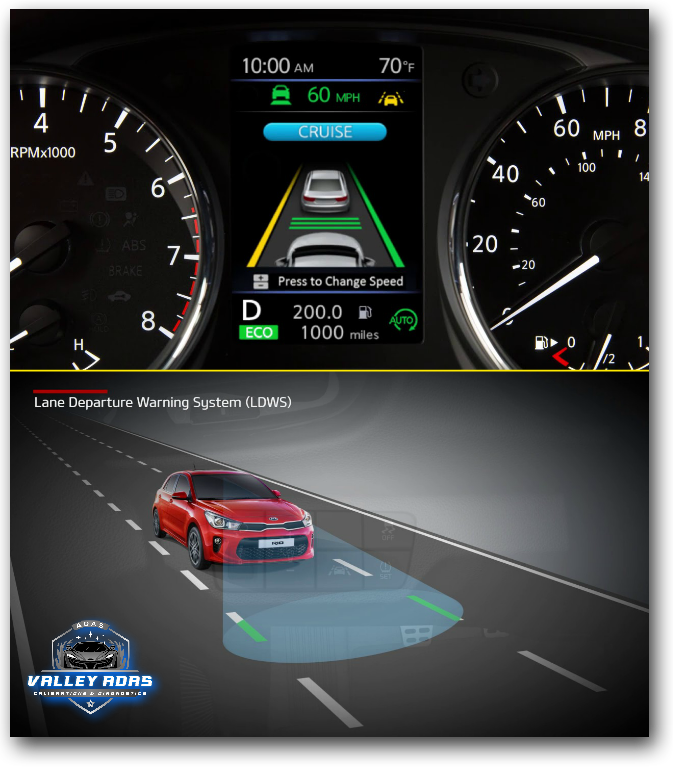Valley ADAS is here: "To ensure the safety and reliability of your ADAS (Advanced Driver-Assistance Systems) by delivering precise, accurate, and compliant calibration services. Through expertise, innovation, and attention to detail, we are committed to enhancing vehicle performance, protecting lives, and supporting the evolution of automotive safety technology."
One (1) Major Calibration including FREE Pre & Post Scan, and Diagnostic Health Scan Certification
Two (2) Major Calibrations including FREE Pre & Post Scan, and Diagnostic Health Scan Certification
Three (3) or more Major Calibrations including FREE Pre & Post Scan, and Diagnostic Health Scan Certification
Wisi ornatus his at, viderer tractatos incorrupte has te.
Ne usu illud albucius abhor reant, partiendo scriptorem mel ne.
Fuisset intellegat delicatissimi ex mea. Cu probo integre nec.
Facer nostro causae ei sed. Vix ex quidam detraxit, vis ad nostro laoreet.
Wisi ornatus his at, viderer tractatos incorrupte has te.

Passive ADAS (Assistance Driver-Assistance Systems) - Regardless of the number or type of sensors employed in a passive ADAS system, the computer alerts the driver to a potentially hazardous situation. To avoid an accident induced by this condition, the driver must proceed with caution. Standard warning systems include sirens, flashing lights, and, in some circumstances, sensory input, such as a steering wheel that vibrates to notify the driver that the zone they are entering has previously been occupied by another vehicle (blind spot detection).
Active ADAS (Assistance Driver Assistance Systems) - In these ADAS systems, the automobile makes active actions. The car can act on its own to avert worst-case circumstances. When an approaching collision is detected, automatic emergency braking (AEB) deploys the brakes without the driver’s input. Adaptive cruise control (ACC), lane-keeping assist (LKA), lane centering (LC), and traffic jam assist are all functional features.

Camera Sensors: Camera-based solutions have emerged as the most preferred sensor technology among ADAS developers. Though the technology is still in its early stages when compared to radar or ultrasonic sensors, it is efficient and versatile. Their shortcomings include vulnerability to poor performance in bad weather and low or troublesome light conditions. Cameras are the only sensors in this class that can discriminate between color and contrast, thus they are the ideal choice for capturing traffic signs and markings.
Radar Sensors: Radar sensors are also widely utilized in ADAS systems, most typically as part of a collision-avoidance system. This type of ADAS sensor produces radio waves, which reflect on objects before coming to the sensor. The distance between an object and the wave is determined by the time it takes to return. A computer utilizes this information to assess the surrounding area and create a three-dimensional image.
Lidar Sensors: Light Detection and Ranging (Lidar) systems, like radar, use lasers to detect distances. Lidar sensors can also find small items precisely and effectively. They can detect people and geographical irregularities, for example. Lidar uses billions of light photons every second to identify non-stationary objects. It detects nearby objects using a pulsed laser.
Ultrasonic/Sonar Sensors: The primary uses of ultrasonic sensors are parking assistance and self-parking systems. These ADAS sensors are located on the front and/or rear bumper covers, and use reflected high-frequency sound waves to distinguish humans, other cars, and other adjacent objects. Sonar sensors may also identify if a car is properly parked based on how it is positioned in the region. If this function determines that the vehicle has gone outside of an approved zone, it will either sound a warning tone or use brake control to reposition the vehicle to a more appropriate area.